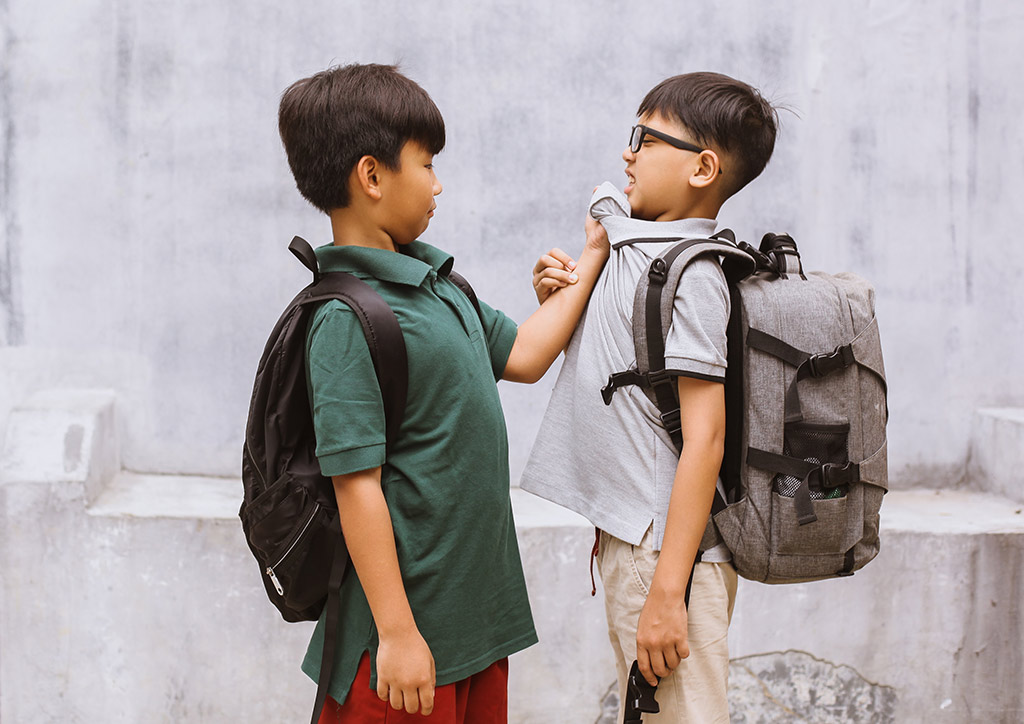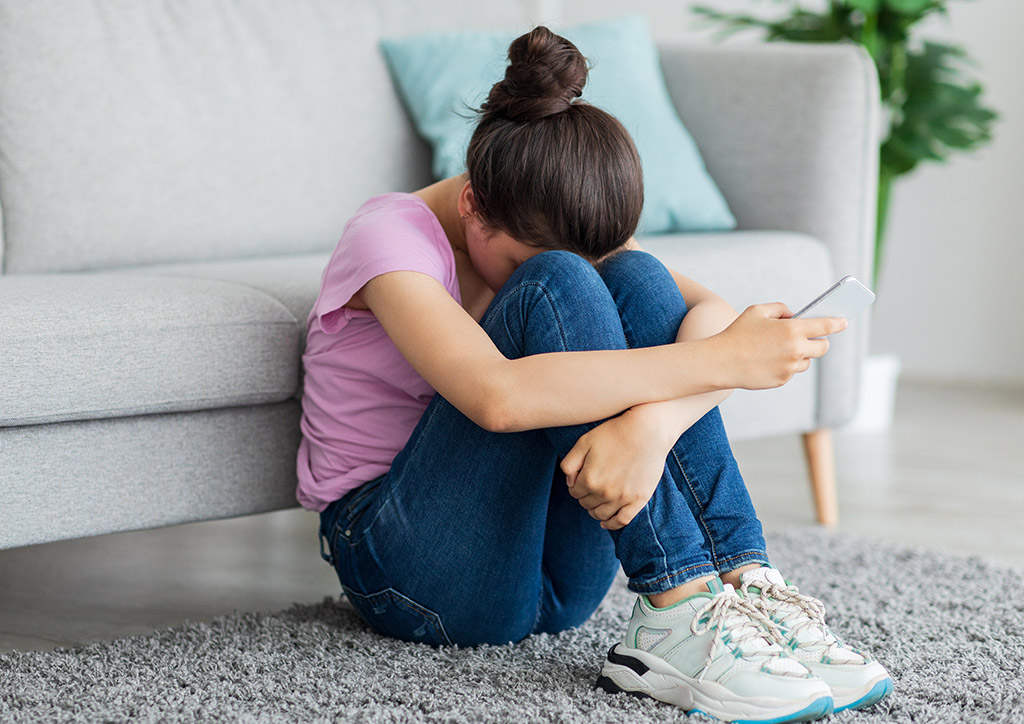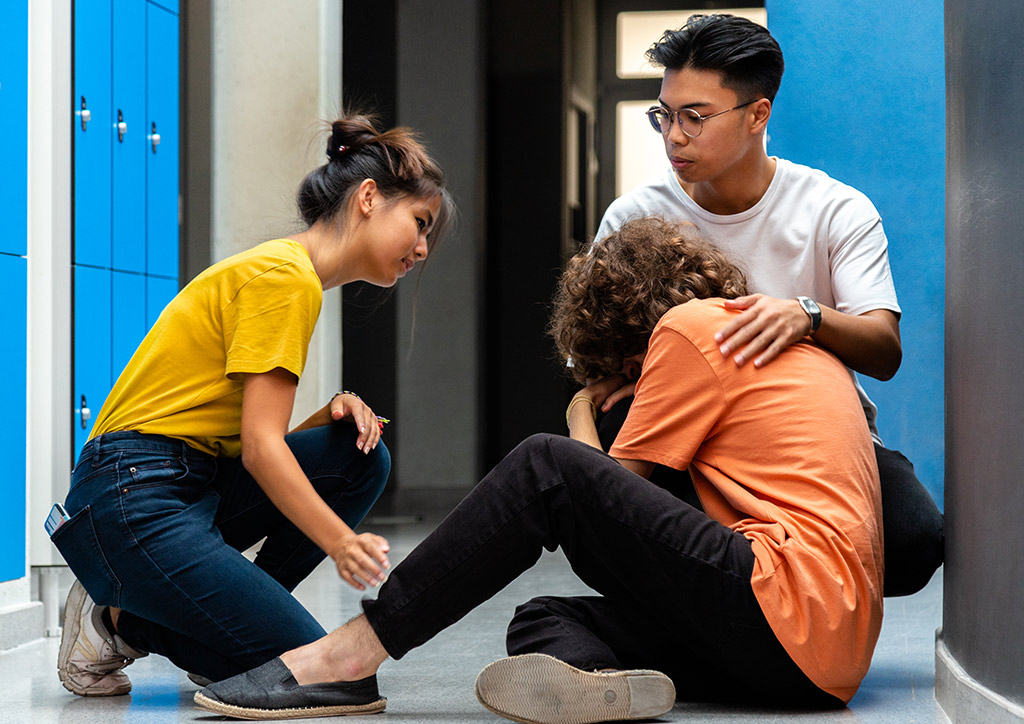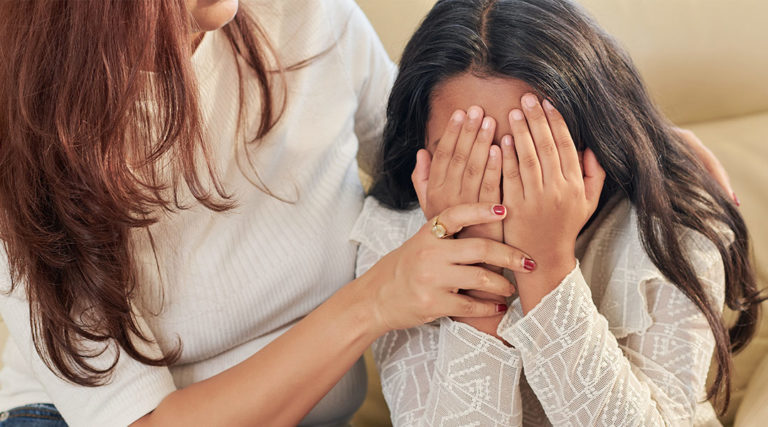Kids
Understanding Kids and Bullying: A Bias Gone Wrong
Bullying is bad no matter what happens but how do kids learn how to do it? This is how.
We, parents, will always have a particular preference. These preferences are called biases which can range from preferred people to things. While it’s normally okay to have a bias or opinion, it no longer becomes okay when that bias serves as a basis for bullying. The story of how a bully is born or how bullying among kids occurs starts in a household where power is misinterpreted as love.
Origin of Bullying
A bully can come from everywhere. Whether rich or poor, their styles will be different. Even gender plays a role in the preferred style of bullying. But what creates a bully is when a particular bias is imposed heavily that there is no room for flexibility and processing. Homophobia, one of the most prominent ones, may be the feelings a bully has towards members of the LGBTQIA+. But the source of that fear comes from the pressure of the different societal institutions. Some have condemned our brothers and sisters from the LGBTQIA+ and called them “animals”. This persisting premise, due to its age and nature, will take time to undo.

Children learn these biases from their parents
As parents, we always try to teach what is right and wrong to our kids. Usually, it’s in the form of a lecture but some of their tendencies to bully come from observing us. Like if our kids see us being pickier with who their friends should be then, they too develop that sense of discrimination based on what our criteria are. But unlike adults, kids are not adept in the art of classy, subtle, and being tolerant. Sometimes, without realizing it, we teach our kids with a dominating stance to not disrupt the “control” or “status quo”. That when someone comes in disrupting it, they and we see it as a “loss of control” thus we fight defensively against it.

What do you do if you find out your kid’s a bully?
Reactively, we want to believe our kids are not doing wrong as they are simply acting on what we taught them is right. But as parents, we need to accept that they still hurt someone. And inherently, that has consequences. While some parents would not want to get involved, it sometimes escalates so much that it requires intervention. The most common one that escalates without us knowing is relational bullying where our teens and kids suffer a loss of reputation.
Talk to your kids about it and ask why they would. And if ever they say, “It’s because you do it, too!” — we can ask when and how. But do so calmly and gently. We’re not interrogating a criminal. It would be best to accept it, too. Doing so not only teaches our kids humility but also responsibility and respect.

Familiarizing Ourselves With The Style
Unfortunately, Filipinos just love gossip, juicy stories, and the joy of being in the know. It’s why relational bullying is the most common. Whispering things like, “OMG, did you know?”/ “Alam mo si ganito…” — usually get the ball rolling. But in a culture where fact-checking is seen as tedious or being smart is seen as “snooty, snobby, and privileged”, it’s no surprise relational bullying escalates so quickly. Coupled with the gaslighting culture and cancel culture, the effects are disastrous.

We need to stop bullying among kids from the home level!
Kids don’t just learn about bullying from school but also from the home and the internet. While we can’t control what people put out on the internet, we can give our kids the tools and the mindset to denounce that kind of behavior. Slowly but surely, bullying needs to be dealt with and it needs to be not just with kids but ourselves as well.
More about kids and their behaviors?
Gaslighting: What It is and How Parents Can Avoid It
How Utang ng Loob Made Filipino Families Toxic
We Need To Teach Kids That With Freedom Comes Accountability





